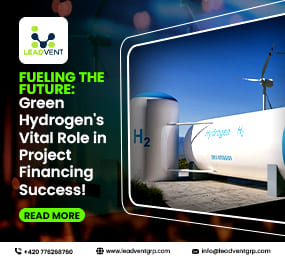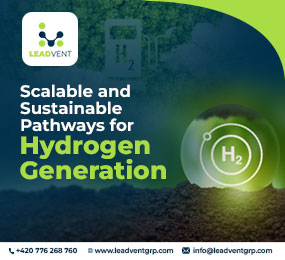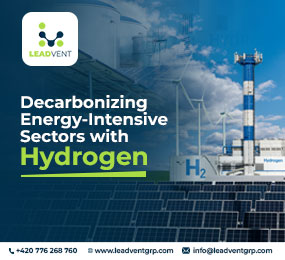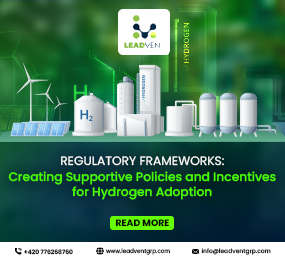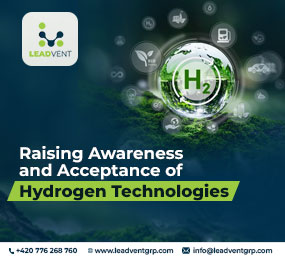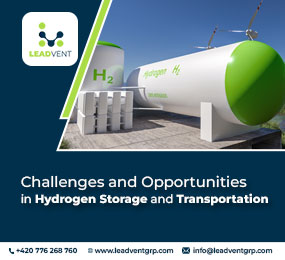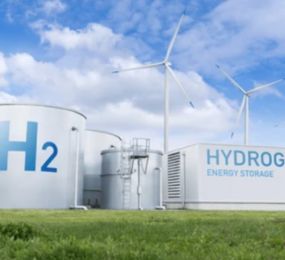As of 2025, the global hydrogen energy storage market is valued at approximately $18.4 billion, with projections indicating a compound annual growth rate (CAGR) of 8.7% from 2025 to 2034.
This significant growth underscores hydrogen's pivotal role in the transition to sustainable energy solutions.
The Importance of Hydrogen in Advancing the Energy Transition
Hydrogen is a flexible and eco-friendly energy carrier, providing:
- Zero Emissions: When used, hydrogen produces only water vapor, eliminating greenhouse gas emissions.
- Energy Storage: It efficiently stores excess energy from renewable sources like wind and solar, addressing intermittency issues.
- Diverse Applications: From powering vehicles to industrial processes, hydrogen's potential is vast.
However, realizing hydrogen's full potential hinges on effective storage and transportation solutions.
Hydrogen Storage Methods
Storing hydrogen efficiently and safely is crucial. The primary hydrogen storage methods include:
Physical Storage
Compressed Hydrogen Storage
- Process: Hydrogen gas is compressed to high pressures, typically between 350 and 700 bar.
- Applications: Commonly used in fuel cell vehicles and various industrial processes.
- Challenges: Requires robust tanks capable of withstanding high pressures, leading to increased energy consumption for compression.
Cryogenic Liquid Hydrogen Storage
- Process: Hydrogen is cooled to -253°C to become a liquid, significantly increasing its energy density.
- Applications: Utilized in aerospace and large-scale transportation sectors.
- Challenges: The liquefaction process is energy-intensive, and there's a risk of boil-off losses during storage.
Cryo-Compressed Hydrogen Storage
- Process: Combines high-pressure storage with cryogenic temperatures.
- Benefits: Enhances storage density and efficiency by leveraging both compression and low temperatures.
Material-Based Storage
Metal Hydrides
- Mechanism: Hydrogen is absorbed into metal alloys, forming metal hydrides.
- Benefits: Offers high volumetric storage density.
- Challenges: Often involves heavy materials and can exhibit slow hydrogen release rates.
Liquid Organic Hydrogen Carriers (LOHCs)
- Mechanism: Hydrogen is chemically bonded to organic liquids.
- Benefits: Allows for safe storage and transportation under ambient conditions.
- Challenges: Requires energy-intensive dehydrogenation processes to release hydrogen.
Ammonia and Chemical Hydrogen Storage
- Mechanism: Hydrogen is stored in chemical compounds like ammonia (NH?) and methanol.
- Benefits: Efficient for long-distance transport.
- Challenges: Necessitates conversion back to hydrogen before use, adding complexity.
Hydrogen Transportation Methods
Efficient hydrogen transportation is vital for integrating hydrogen into the energy infrastructure. Key methods include:
- Pipeline Transport: Ideal for large-scale distribution, pipelines can deliver hydrogen directly to end-users.
- Truck and Rail Transport: Suitable for both compressed and liquid hydrogen, offering flexibility in delivery.
- Shipping: Facilitates the export of hydrogen, often in forms like ammonia or LOHCs, to international markets.
Comparing Hydrogen Storage Methods
When evaluating hydrogen storage systems, several factors come into play:
- Energy Density & Efficiency: Liquid hydrogen boasts higher energy density compared to compressed gas, but the liquefaction process consumes more energy.
- Safety & Handling: Compressed hydrogen requires sturdy tanks, while materials like metal hydrides offer safer storage but may have slower release rates.
- Infrastructure & Cost Considerations: Developing infrastructure for pipelines and storage facilities demands significant investment.
- Scalability for Industrial Use: Material-based storage methods may face challenges in scaling up for large industrial applications.
Future Trends and Innovations
The horizon for hydrogen storage and transportation is bright, with several promising developments:
- Advancements in Solid-State Hydrogen Storage: Research is focusing on materials that can store hydrogen at higher densities and release it efficiently.
- Emerging Nanomaterials: Utilizing nanotechnology to enhance storage capacity and reduce costs.
- Government Regulations and Investments: Policies and funding are increasingly supporting hydrogen infrastructure development, accelerating adoption.
Spotlight on the World Hydrogen Summit 2025
The World Hydrogen Summit, scheduled from 18th-19th February, is poised to be a landmark event in the hydrogen sector. Recognized as the global platform where hydrogen deals are made, the summit will feature:
- C-Level Summit: Bringing together top executives to discuss strategic directions.
- Extensive Exhibition: The largest hydrogen-focused exhibition worldwide, showcasing cutting-edge technologies.
- H2 Tech Series Stages: Presenting the latest technological advancements in hydrogen.
This event offers unparalleled networking opportunities, connecting stakeholders across the entire hydrogen value chain.
Conclusion
As we advance into a sustainable energy future, selecting the appropriate hydrogen storage method is crucial. With ongoing innovations and significant events like the World Hydrogen Summit 2025, the hydrogen industry is set to overcome current challenges, paving the way for a cleaner, more efficient energy landscape.
FAQs
Q1: What is the most efficient method of hydrogen storage?
A: Efficiency depends on the application. For stationary storage, metal hydrides might be suitable due to their high density, while compressed hydrogen is commonly used in transportation for its quicker refueling capabilities.
Q2: How is hydrogen transported over long distances?
A: Hydrogen can be transported via pipelines for large-scale distribution, by trucks and rail in compressed or liquid forms, and by ships, often converted into ammonia or using LOHCs for safer long-distance transport.
Q3: What are the main challenges in hydrogen storage?
A: Key challenges include ensuring safety due to hydrogen's flammability, developing cost-effective storage systems, and achieving high energy density to make storage efficient.
Q4: How does the World Hydrogen Summit contribute to the hydrogen industry?
A: The summit serves as a central platform for industry leaders to collaborate, showcase innovations, and forge partnerships, thereby accelerating the development and adoption of hydrogen technologies globally.



